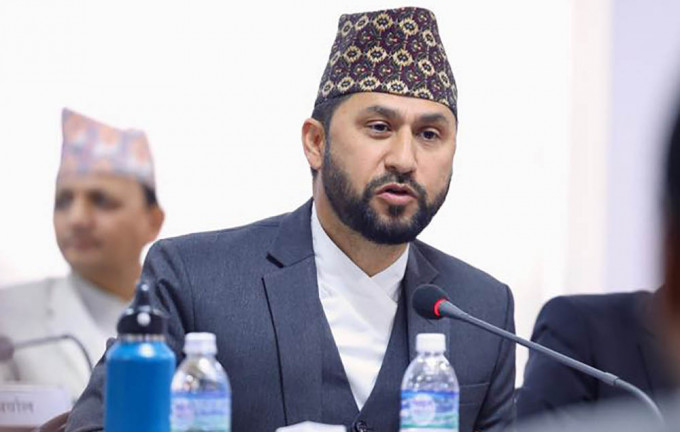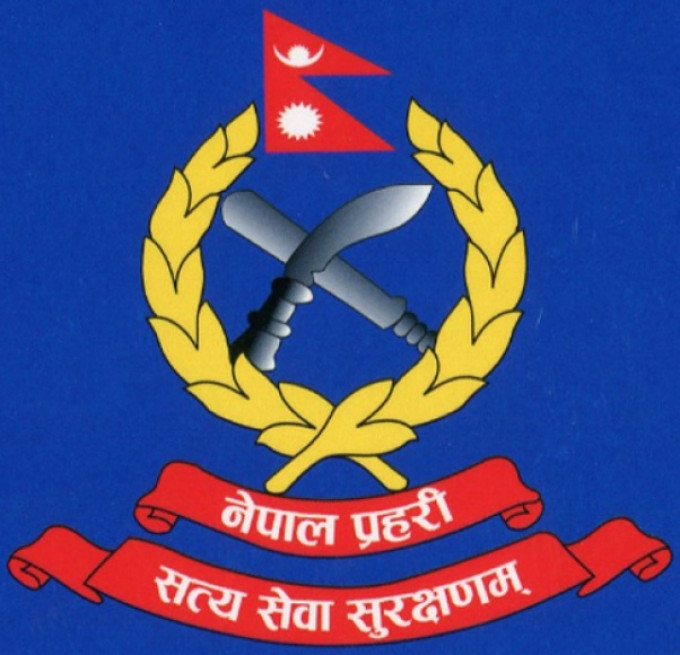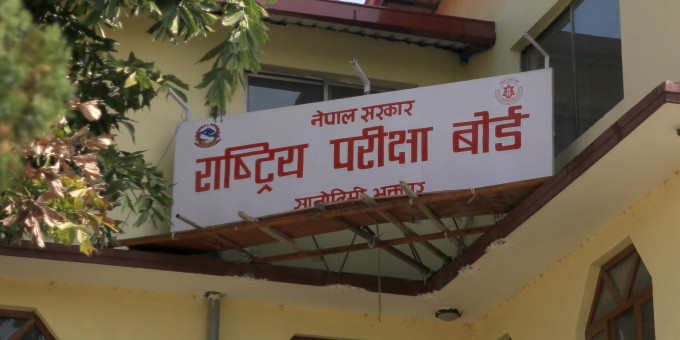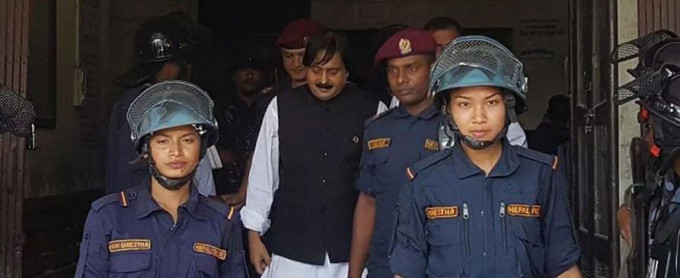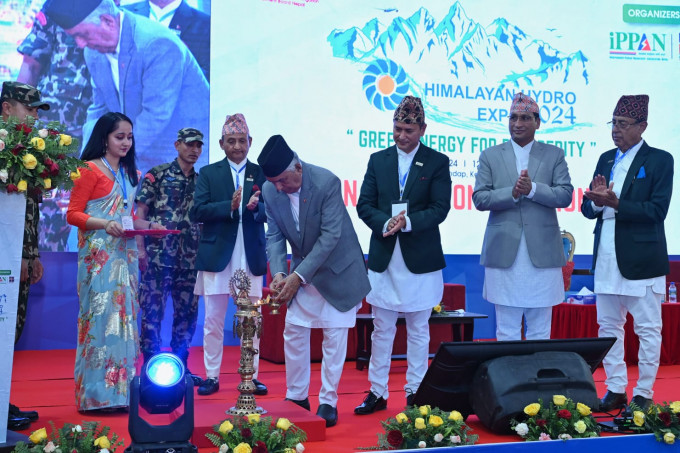As we are done celebrating the biggest festival of Nepal, like every year the gossip about how empty Kathmandu is during Dashain can be heard in teashops, on public benches, and so on. Whether to cherish the calm and quiet of Dashain time in Kathmandu or to have an eerie feel about it, the question of the floating populations of Kathmandu Valley is not a matter of irrelevance. As usual, there were reports of how many people left Kathmandu Valley. The matter of convenient travel for the people returning to their homes during the festive period is an important responsibility on the part of the government, but to stop at that and not talk beyond that would be inadequate. The fact that lakhs of people leave during Dashain also means that those lakhs of people live in the valley during any other period; the priority of the government should then invariably lie in focusing more on the period other than Dashain if not to make a fallacy of thinking what happens in a month is more important than the rest of the year.
The Kathmandu valley, is Nepal’s very own land of dreams and opportunities, if not mainly, for many, a stepping stone for bigger aspirations that lie abroad. May it be that the stay of the lakhs of people in Kathmandu is temporary and the people are categorized as floating – not really of concern for the local governments in the valley, they are nevertheless people with necessities, requirements, and expectations from the state like any other people in the valley. Of course, it would not be correct to say that the government discriminates against the floating population of Kathmandu, but it would also not be entirely true to say that the floating population of Kathmandu is treated equally in all respect compared to the resident population of Kathmandu, within the administrative system that is in place.
The temporary residents of Kathmandu, which would be the better terminology, from the perspective of public administration are service recipients of the local governments as well and surely, they also pay one or another form of local taxes, the obvious example the forefront being the rent taxes – which often is wrongly interpreted in Nepal as something that only the property owner is supposed to pay. Then there can be other taxes like commercial taxes for business owners and so on. Yet, the temporary residents are not residents of Kathmandu, they do not have the choice of who would next be the mayor of Kathmandu Metropolitan City or any other city in the valley. But the decisions that are not their own does affect them the same; hospitals, schools, road, sewage, and any other services that lie in the public sector domain, be it outsourced to the private sector, are also received by the temporary residents in the same manner as the permanent residents of the valley. However, policies and budgets of the metropolitan and sub-metropolitan cities of the valley are made without the participation or consideration of this population.
There is no hiding that the public infrastructure of Kathmandu Valley is overstretched. Bir Hospital is cramped and filthy, simply unsanitary; the same goes with a handful of other government hospitals in the valley, albeit to a varied degree. They are overly crowded and this would be so – the hospitals are serving the population two, or even three times the population they are supposed to be serving. The roads are crowded and now and then the issue of garbage disposal pops up as does the mountain of garbage on the streets. Service delivery offices like the district offices and various ministry departments are crowded with people from all over the country, compelled to come to Kathmandu by the failure to expand services at the state level. The instruments of public service delivery in Kathmandu are running at a constant over capacity, straining and constantly near breaking point.
But if to take a look at the budget of the cities, the sources of funds do not reflect the fact that the municipalities serve a much larger population than the resident population. For instance, in KMC, while funds from internal revenue stand at NPR 6.39 Arba[1] the grants from the federal and the state government stand at a mere NPR 89.36 crore; the temporary residents of Kathmandu are underrepresented in the budget of KMC. This would be even more lopsided if to look at some other city offices in the valley. The temporary residents are gravely deprived within the scheme of the budgeting of the city offices of the valley. The global norm for state and federal governments to provide grants to local government is based on the size of the population of residents, but the definition of residents of local administrative areas may differ vastly and may bear varied consequences. The argument for local government to generate their revenue instead of relying on grants from federal and state government becomes not entirely valid given the known complications in the collection of local taxes such as rent tax which again is misinterpreted in the Nepali context and many businesses are informal, not paying taxes to the local government.
The weight of the consequences of the floating population of Kathmandu valley is heavy with the floating population themselves as well as the resident population having to bear them. Sooner the government and policymakers come to this realization, it is better. If Nepal is to aspire to, in future, see its capital equally beautiful and functional as the best cities in Asia and the world, the foremost problem to tackle is indeed ascertaining whom the city serves, and no, it is not only the total number of voters; let’s be reminded that Kathmandu comes only on third on this list. The budget of Kathmandu Metropolitan City, as with other cities in the valley, needs to reflect the fact that the population temporarily residing in the valley are after all the residents of the cities here too, whom the cities need to serve. The state and federal government should acknowledge the dynamics of the country’s capital and the policymakers should also see to it that more innovative means for local tax collection need to be implemented which would acknowledge that, floating or not, those who work, study, and live, temporarily or otherwise, in any part of Nepal bear the responsibility towards and reserve rights of services from all level of governments as well.
https://twitter.com/shobhitshakya

